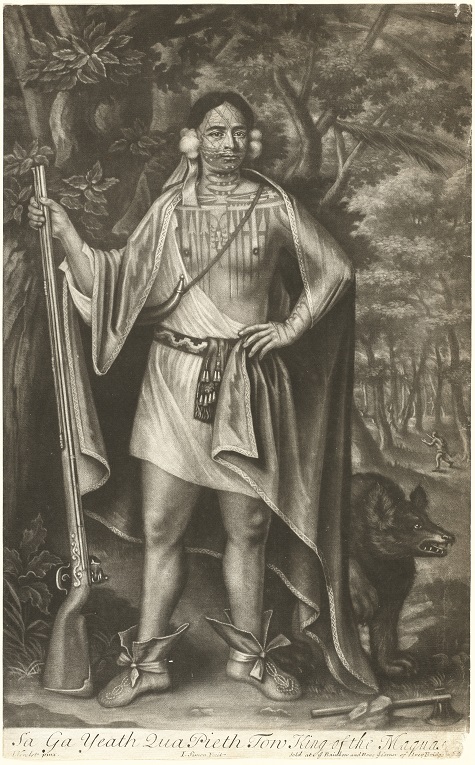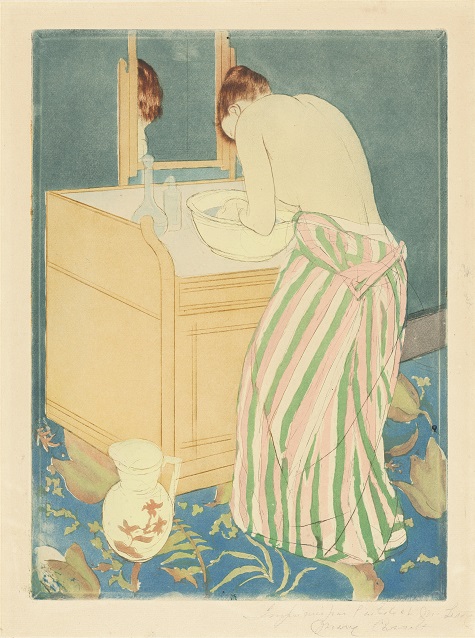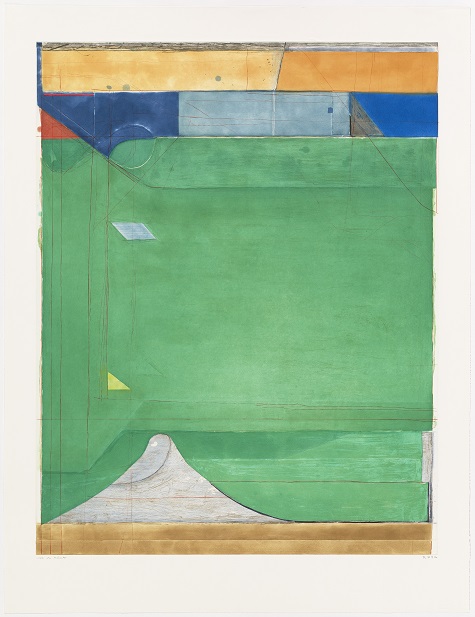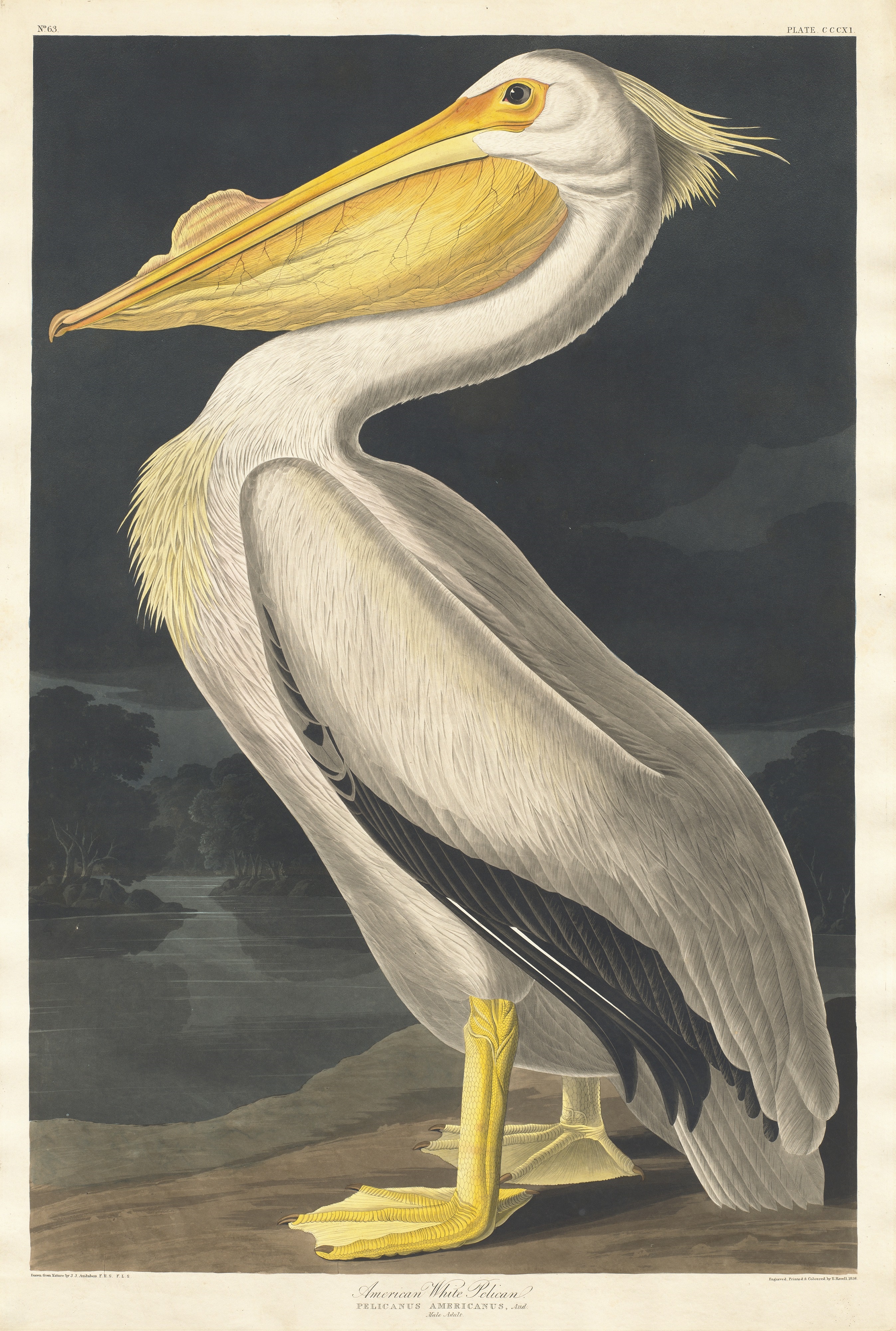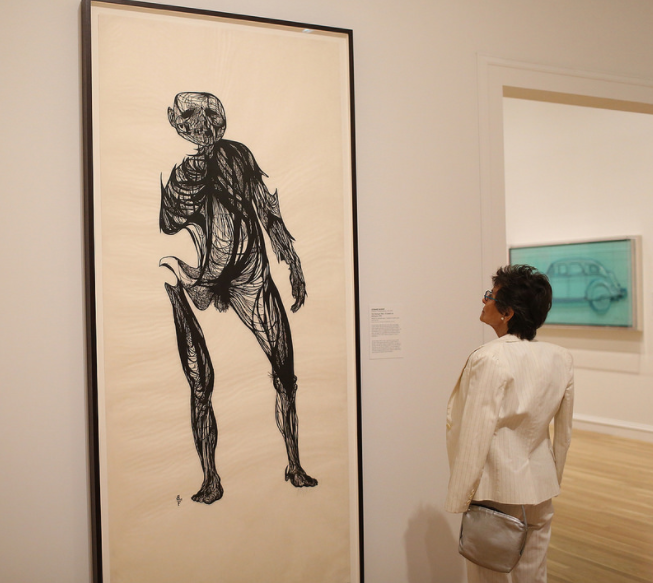In August 62 I started doing silkscreens. I wanted something stronger that gave more of an assembly line effect. With silkscreening you pick a photograph, blow it up, transfer it in glue onto silk, and then roll ink across it so the ink goes through the silk but not through the glue. That way you get the same image, slightly different each time. It was all so simple quick and chancy. I was thrilled with it. When Marilyn Monroe happened to die that month, I got the idea to make screens of her beautiful face the first Marilyns. – Andy Warhol (1981)
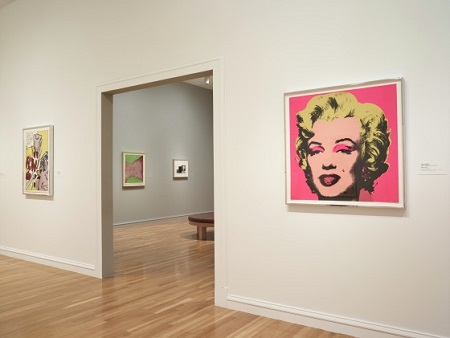
Andy Warhol was always interested in the morbid and he often found artistic inspiration in taboo occurrences such as Marilyn Monroe’s tragic death. He first started producing Marilyns in 1962, bringing the starlet’s likeness back to life. According to MoMA Learning, through these Marilyn works “he (Warhol) reveals her public persona as a carefully structured illusion.” It wasn’t until 1967 however, 5 years after Monroe’s untimely departure, that the infamous print in Visions of America: Three Centuries of Prints from the National Gallery of Art came about.
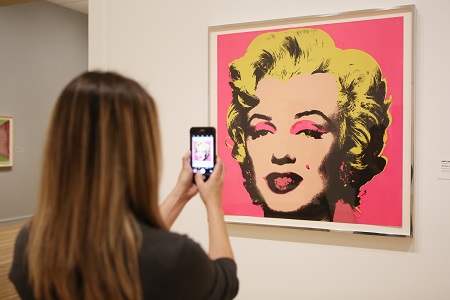
Warhol based the print on a publicity photograph by Gene Kornman for the 1953 film Niagara, as were his famous Marilyn Monroe silkscreen paintings of 1962. Now the prints are synonymous with the vixen herself, both’s popularity and intrigue as pungent as they were in the sixties.
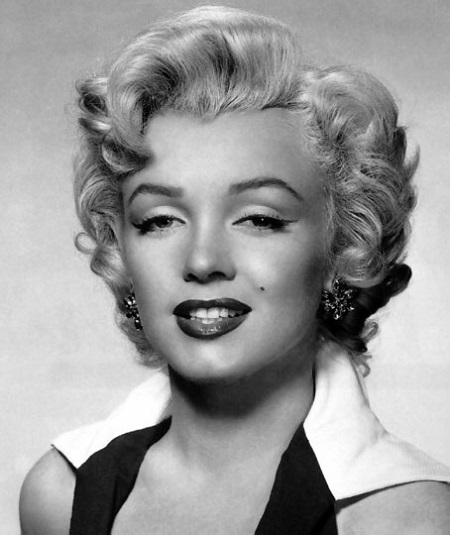
Publicity photograph by Gene Kornman for the 1953 film Niagara. Image from www.moma.org via web link
We invite you to celebrate the birth week of Warhol by visiting Marilyn Monroe (Marilyn) in Visions of America: Three Centuries of Prints from the National Gallery of Art today. The popular print is one of a set of ten, don’t miss this opportunity to spend some time with this rare beauty.
Julie Henley is the Communications and Marketing Coordinator at the DMA.

